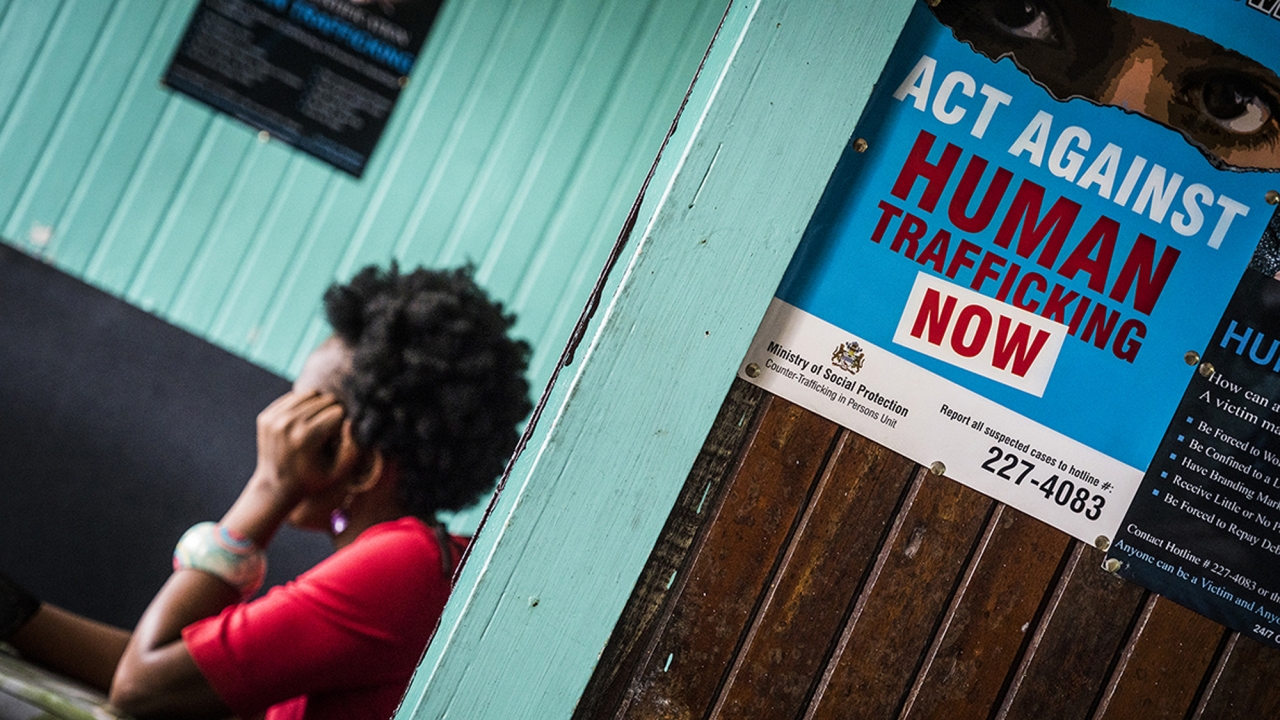
NGOCSTIP – Human Trafficking Awareness Campaigns play a vital role in fighting modern slavery. Every June, global efforts come together to highlight this serious crime. Awareness Month is observed worldwide with powerful events and actions. It aims to educate, prevent, and support survivors of trafficking. Campaigns use many platforms, including social media, public events, and schools. Survivors also share their stories to show trafficking’s harsh reality. Their voices inspire resilience and hope among affected communities.
Human Trafficking Awareness Campaigns use social media as a crucial tool. Platforms like Facebook, Instagram, and Twitter reach millions instantly. Campaign organizers post facts, survivor testimonies, and calls to action. Hashtags connect global conversations and raise visibility. In June 2025, social media trends focused on education and prevention. Interactive content, such as live streams and Q&A sessions, engages younger audiences. Influencers and celebrities amplify the message through their platforms. Visual content, like videos and infographics, simplifies complex topics.
Digital campaigns share information in many languages. This inclusivity ensures wider reach and stronger impact. Social media gives survivors a direct voice to the public. Their stories break silence and humanize the issue. Many viewers feel inspired to support organizations or volunteer.
Public events remain a cornerstone of Awareness Month activities. Town halls, workshops, and rallies gather local communities. These events create safe spaces for open dialogue and learning. Schools often hold special programs to teach students about trafficking risks. June 2025 saw an increase in community art projects and exhibitions. Art provides a powerful medium to express trafficking’s emotional toll. It also raises empathy and understanding. Faith-based groups and local NGOs often collaborate on events. Together, they bring diverse audiences into the conversation. Events encourage people to recognize signs of trafficking near them. Many include training on how to safely report suspicious activities. Communities are reminded that everyone has a role in ending trafficking.
Survivors play a central role in awareness campaigns. To begin with, their stories expose trafficking’s reality and complexity. Moreover, survivors share how they were trapped, escaped, and rebuilt lives. These powerful testimonies challenge stereotypes and misinformation. In addition, hearing directly from survivors helps break stigma and fear. Furthermore, their courage inspires others who may still be trapped. For example, in June 2025, many campaigns featured survivor panels and interviews. These events, held both online and in person, increased public engagement. Besides that, survivors also participate in educational videos and podcasts. Their firsthand insights highlight the need for trauma-informed care. By sharing personal journeys, survivors become empowered advocates. Consequently, their stories remind the public that trafficking can affect anyone. Ultimately, these narratives create a bridge between survivors and society, fostering understanding and support.
“Read about: Reforming the National Human Trafficking Hotline: A Call for Urgent Action”
Education is key to preventing human trafficking. Campaigns target vulnerable groups, including youth and migrants. Schools and universities integrate trafficking awareness into their curriculum. Students learn about consent, online safety, and recognizing exploitation. June 2025 programs emphasized digital literacy to counter online recruitment. Workshops for parents and teachers provide tools to protect children. Employers and service providers receive training on spotting trafficking signs. Prevention efforts extend to refugee and migrant communities. Informed individuals can avoid dangerous situations. Educating communities builds resilience and reduces trafficking risks.
Successful awareness campaigns rely on collaboration. Governments, NGOs, survivors, and private sectors join forces. International organizations provide guidance and funding. Local groups execute outreach and support activities. June 2025 saw increased partnerships for coordinated efforts. Cross-sector cooperation enhances campaign reach and effectiveness. Businesses help by promoting ethical practices and supporting survivors. Law enforcement agencies participate by offering education on victim-centered approaches. Together, stakeholders create a united front against trafficking.
“Read more: Understanding Bone Diseases in Children: Early Signs and Treatments”
Campaigns include monitoring and evaluation to improve results. To start with, surveys and feedback help organizers understand audience engagement. In particular, data on social media reach and event attendance is collected. As a result, June 2025 campaigns reported higher public participation than previous years. This increase, in turn, reflects increased global awareness. However, sustaining momentum beyond June is a challenge. Therefore, many campaigns create year-round programs. In addition, partnerships continue advocacy and victim support throughout the year. Consequently, Awareness Month serves as a catalyst for ongoing action. Moreover, education and survivor empowerment remain priorities. By maintaining consistent efforts, campaigns build stronger networks. Ultimately, these strategies help keep human trafficking in the public eye. Thus, continuous evaluation allows improvements for future campaigns. Furthermore, community involvement grows with each campaign cycle. Together, these efforts enhance the fight against trafficking globally.